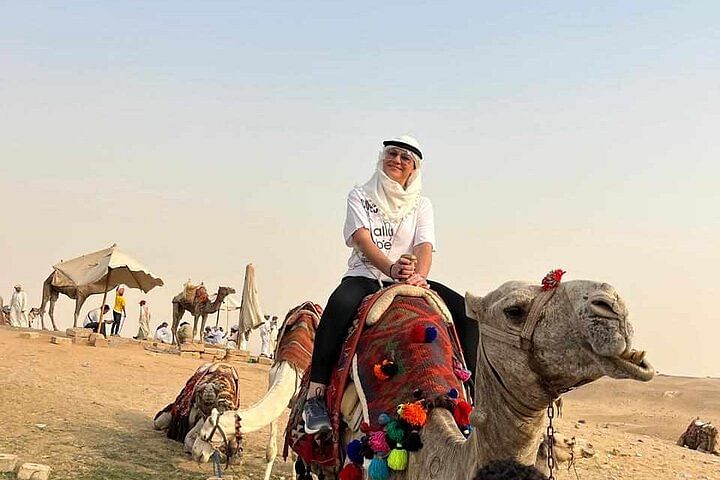Chebika is close to the town of Tamerza, in the Djerid region of southwest Tunisia. It lies just a couple of miles from the border with Algeria. It is a small mountain oasis town surrounded by a dry and arid desert region, just north of the salt lakes or Chotts. Chebika is usually reached first, en route to Tamerza. These oasis towns are dramatic with its rugged rocks and steep-sided ravines. Chebika lies at the foot of the mountains of the Djebel el Negueb and is so exposed to the sun that is known as Qasr el-Shams, which means Castle of the Sun. It was once a Roman outpost, called ‘Ad Speculum’ and was a mountain refuge of the Berber people. Despite its remote desert location, Chebika still receives plenty of tourists to see the impressive collection of rock formations, waterfalls, and steep narrow gorge. Most visitors arrive on organized tours or in 4-wheel drive vehicles, although the road is good enough for normal cars. The scenery is quite impressive with many jagged pink-colored rock formations. The palm trees in the ravine thrive where their roots have found a water source.
The gorge itself is stepped in terraces to enable visitors to explore the rocks and caves. A footpath leads down to an amazing pool of azure water with an attractive waterfall that cascades down to a small stream. The gorge was originally formed by a source of water that carved these amazing natural formations and created a natural mountain oasis. On arrival at Chebika, visitors first see the new village and the tourist shops which sell locally made carpets and other souvenirs. These mark the beginning of the oasis walk. The mountain then seems to divide with the stream flowing at the bottom of the ravine and huge palm trees crowding into the bottom of the gorge creating welcome shade. The well-made path leads along to the waterfall and the source of the stream.
One of the most surreal scenery attractions in Tunisia, the Chott el Djerid is a long day trip from Djerba but worth it for anyone who wants to visit this bizarre natural formation. This mammoth salt-pan stretches for kilometers, it surfaces an unearthly shimmering bluish-white crust of salt. In some places, the salt has crystallized into bizarrely shaped pinnacles or clusters of multi-colored deposits. Springtime visitors are particularly in luck and should be able to spot the flamingos that breed here, building their nests and raising their young before flying off again by July.
One night all-inclusive in Caribbean World Djerba,4-star or similar































